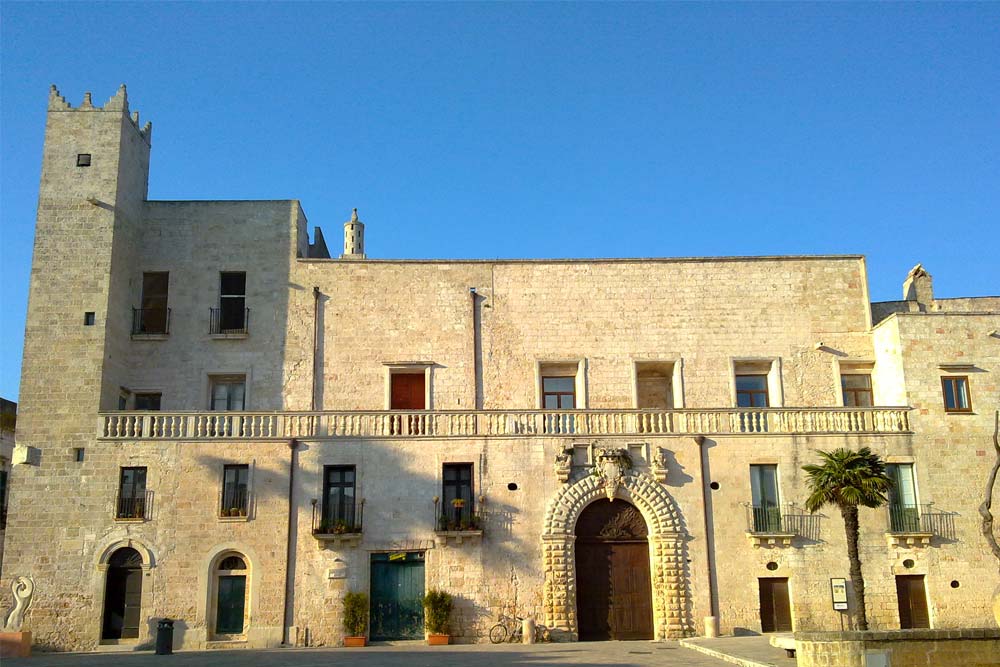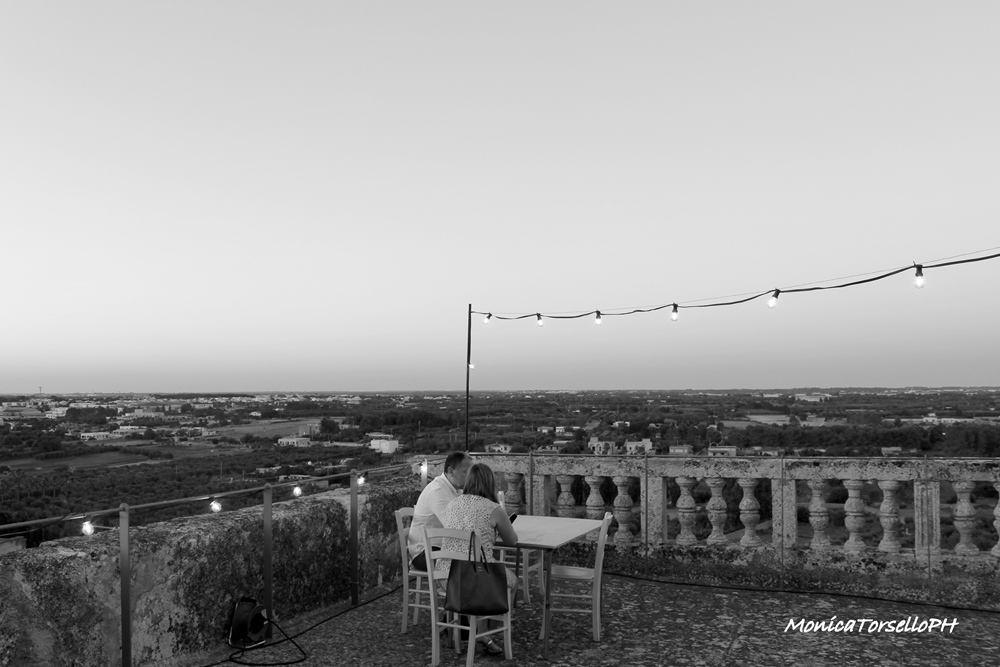
Specchia Itinerary, among the most beautiful borchi of Italy
Located in a strategic position overlooking the plain below, the historic center of Specchia is considered one of the most beautiful in Salento.
The narrow streets closed
to traffic and interrupted by stairs lead to a residential nucleus that is largely the result of a spontaneous architecture that originated in the 16th and 17th centuries, and which has almost reached intact until our days.
The visitor who in silence and solitude ventures through the village, will speak – wrote Antonio Penna – “the simple and composed Catalan or Baroque portals, the Lecce stone frames, the inscriptions in Italian or Latin, the brackets of the balconies projected on streets, the pot-bellied wrought-iron balconies, the hanging arches, which still adorn the facades of stately homes, friezes, statues, columns, votive aedicules with sacred images faded by time “.
Even today, the historic center of Specchia reveals a typical medieval structure that grew in the fifteenth century. – the period of reconstruction of the walls – around the primitive nucleus constituted by the castle. It is believed that the date of the reconstruction of Specchia, after the devastating wars between the Angevins and the Aragonese, is 1452, and that the merit goes to Raimondo del Balzo. But since the main road is still called “rua”, the French language brings back to the Angevin domination, that is, to the XIV century, when an organized nucleus had already existed.
Of the ancient walls that encircled the village there are only a few fragments along the street that surrounds it to the west, while in the eastern walls one can see one of the oldest examples of the coat of arms of Specchia reproducing an almond that grows on a pile of stones. The more recent walls date back to 150 years ago and have recently been renovated.
The central castle Risolo is a fortified structure of the sixteenth century, originally isolated and now joined to other buildings between which emerge two tall towers and squares placed on the corners of the ancient quadrangular building.
The eastern front on Piazza del Popolo is occupied by an eighteenth-century curtain on two levels, while in the center opens the rusticated door surmounted by the coat of arms and two statues. Belonging to important families, we owe to the Protonobilissimi, marquises of Specchia in the sec. XVI and XVII, the interventions of transformation from castle to palace marquisale.
The most striking part of the village is behind the castle, where between the narrow and narrow streets, between the alleys and the courtyards, the life of the people takes place, almost always outdoors, leaving the dreams behind the half-closed windows.
The church and the adjoining convent of the Franciscan Blacks have a certain date, 1531, when the Chapter of the Black Franciscans took place in the convent, as reported in an inscription. In 1532 is the construction of the chapel of St. Catherine Martyr, beautifully frescoed with scenes from the life of St. Catherine and her martyrdom. The crypt, dug into the rock is supported by 36 columns on four lines and bears traces of frescoes on the walls.
The Parish Church was built in 1605 but has undergone many renovations. The pillars are in Lecce stone stuccati alla veneziana while the triumphal arches are decorated with floral motifs.
The churches of the Assunta and of S. Antonio, with an adjoining Dominican convent, are also built in the seventeenth century.
More interesting is the church of S. Nicola, built in the IX-X century. and in 1587 restored and adapted to the Latin rite, as recalled by the plaque on the facade.
The church of St. Euphemia was also of Greek rite, whose apse is set towards the east, according to Byzantine use, because from this cardinal point rises the sun, symbol of the divinity of Christ. The plan is rectangular while the apse, consisting of regular blocks of local stone, has a polygonal shape. On it opens a large mullioned window that illuminates the interior. The church, dating from the late IX-early X centuries, is a shred of the Middle Ages that lives in this corner of Salento.
Finally, to be seen, the recently restored hypogean crusher, historical testimony of the importance for Specchia of oil production.
The Capo di Leuca is rich in these architectural structures, built between the ‘500 and the 800 and now abandoned, which represented the fundamental economic resource of the ancient province of the Terra d’Otranto under the Kingdom of Naples.




 come posso aiutarti?
come posso aiutarti?